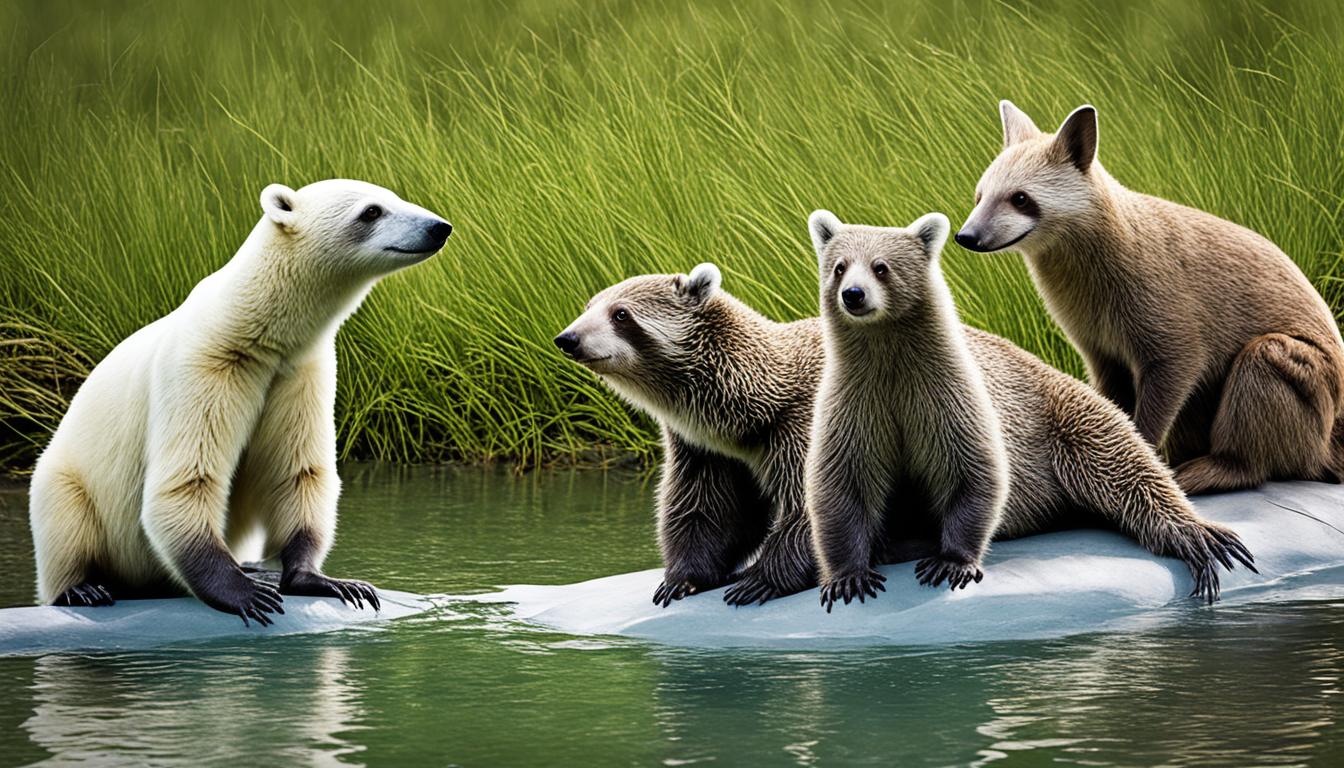Types of Mammals
Welcome to a fascinating journey into the world of mammals. We will explore the wide variety of species out there. From the big African elephant to the tiny bumblebee bat, there’s so much to learn about these incredible animals. Scientists and nature lovers are always amazed by the secrets these creatures hold. What made them adapt so well to our world? And how did their evolution create such unique beings?
Mammals have been around for millions of years, adapting to thrive in all kinds of places. We’ll learn about their Types of Mammals, Mammalian Species, Mammalian Classification, Mammalian Diversity, Mammalian Evolution, Mammalian Characteristics, Mammalian Habitats, Mammalian Adaptations, Mammalian Reproduction, and Mammalian Conservation. Their stories are truly unique and amazing.
Key Takeaways
- Mammals are a diverse class of vertebrates with a wide range of species and adaptations.
- They have evolved over millions of years to thrive in various habitats, from the tropics to the Arctic.
- Mammalian characteristics, such as fur, mammary glands, and warm-blooded metabolism, set them apart from other vertebrates.
- Understanding the different types of mammals and their unique traits is crucial for conservation efforts.
- Ongoing research continues to shed light on the fascinating evolutionary history and adaptations of these remarkable creatures.
Exploring the Diverse World of Mammalian Species
Let’s learn more about mammals and their amazing variety. You’ll find everything from the tiny bumblebee bat to the huge blue whale. The Mammalian Characteristics show us how different and interesting they are.
Mammalian Characteristics: Defining Features
Mammals are special animals. They have features that make them different. For example, they have hair, feed their young with milk, and keep their own body heat stable. They also have advanced breathing and blood systems. Plus, their brains are smart and complex.
Mammalian Diversity: From Tiny Shrews to Massive Whales
The variety of mammals is amazing. Imagine a tiny shrew next to a huge blue whale. This difference in size is truly remarkable. Also, mammals live in many different places. Some live in cold places, while others prefer warm spots. You can find them in the sea or even on mountain tops.
Mammalian Evolution: Tracing Our Lineage
Mammals have changed a lot over millions of years. They started in the Triassic period from reptiles. Since then, they’ve changed and adapted through Mammalian Adaptations. This evolution story shows their strength and how they survive in many places.
Types of Mammals
We find many kinds of mammals. Each has its own special features and story of change over time. From big African lions to small pygmy shrews, mammals amaze us with their variety. Types of Mammals grab our interest and wonder.
Mammals fall into groups with similar traits. For example, Carnivora includes big hunters like tigers. Artiodactyla has elegant hoofed animals like deer. Mammalian Classification groups these animals by what they eat and how they live.
Mammals live all over, from African plains to Arctic cold. Each place tests them differently. Their ways of living show how tough and different they can be. Mammalian Habitats and Mammalian Adaptations tell us a lot about mammals.
When we learn how mammals have babies and how we can help them survive, we see the bigger picture. Taking care of mammal kinds shows we care for our planet. It’s important to protect these creatures. It helps our world stay in harmony.







